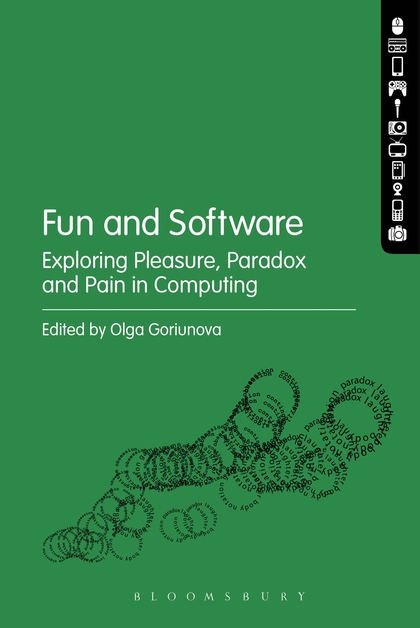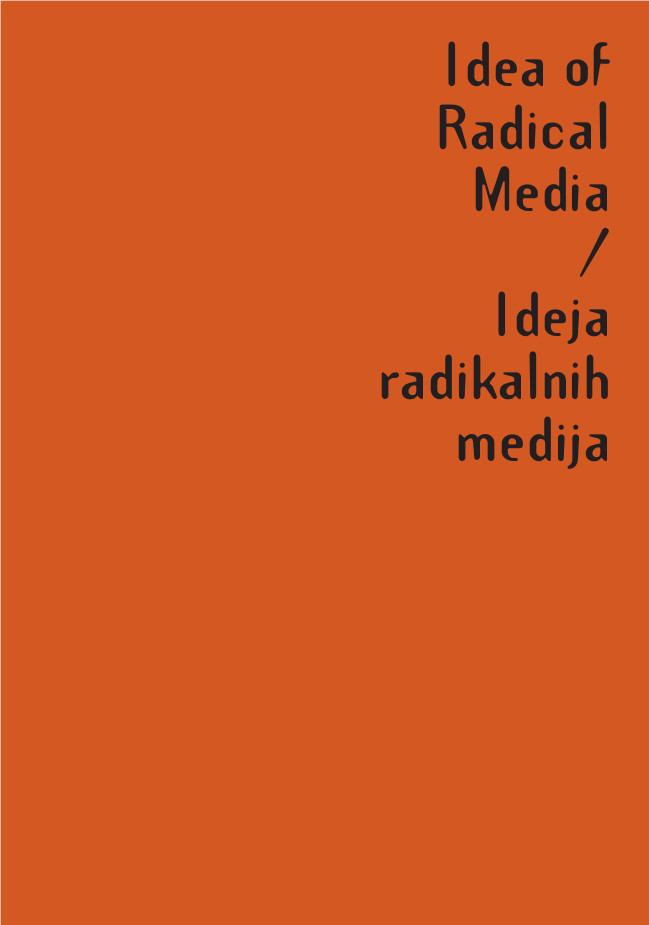thresholds, 41: Revolution! (2013)
Filed under journal | Tags: · activism, architecture, archive, city, media, memory, politics, protest, public space, revolution, urbanism

“What actions are prompted by revolution in the space of the city? Which publics take part in this struggle, and who are the agents that mobilize it? And after a revolution has subsided, how is it remembered, represented and memorialized? thresholds 41: REVOLUTION! turns to the history, design, and cultural production of the public realm as a site of dissensus. Rather than focusing on a specific revolutionary time and place, we have strived to include different periods and regions, organizing contributions in terms of the relations they establish between sites, actors, and contexts. In the essays and designs featured in these pages, political struggle often shifts established roles—agitators create new types of public space, designers become activists and fundraisers, individual figures fade in favor of collectives or groups, and actions are best remembered through misrepresentation. How do we write revolution, who writes it and for whom? And, in turn, how does urban conflict inform writing, design, and cultural production at large? Our authors, designers, and artists open up revolution as subject, as event, and as historiographical problem—a problem complicated by discrete actions, multiple publics, critical practices, and the politics of display and remembrance.”
Contributors: David Gissen, Robin Adèle Greeley, Britt Eversole, Arindam Dutta, Diane E. Davis and Prassana Raman, Mark Jarzombek, Thérèse F. Tierney, Kenneth Ip, Nasser Rabbat, Reinhold Martin, Tunney Lee and Lawrence Vale, Andrés Jaque Architects + Office for Political Innovation, Santiago Cirugeda + Recetas Urbanas, Nomeda Urbonas and Gediminas Urbonas, The Yes Men, Ateya Khorakiwala, Simone Brott, Andrés Estefane, Kelly Presutti, Mechtild Widrich, Montenegro Airways
Edited by Ana María León
Publisher SA+P Press / MIT Department of Architecture, Cambridge, MA, Spring 2013
Open Access
ISSN 1091-711X
ISBN 9780983508267
212 pages
PDF (13 MB)
Comment (0)Olga Goriunova (ed.): Fun and Software: Exploring Pleasure, Paradox and Pain in Computing (2014)
Filed under book | Tags: · abstraction, aesthetics, affect, algorithm, art, body, code, computing, game, humour, labour, logic, media, media theory, politics, programming, software, software art, software studies, theory, time

“Fun and Software offers the untold story of fun as constitutive of the culture and aesthetics of computing. Fun in computing is a mode of thinking, making and experiencing. It invokes and convolutes the question of rationalism and logical reason, addresses the sensibilities and experience of computation and attests to its creative drives. By exploring topics as diverse as the pleasure and pain of the programmer, geek wit, affects of play and coding as a bodily pursuit of the unique in recursive structures, Fun and Software helps construct a different point of entry to the understanding of software as culture. Fun is a form of production that touches on the foundations of formal logic and precise notation as well as rhetoric, exhibiting connections between computing and paradox, politics and aesthetics. From the formation of the discipline of programming as an outgrowth of pure mathematics to its manifestation in contemporary and contradictory forms such as gaming, data analysis and art, fun is a powerful force that continues to shape our life with software as it becomes the key mechanism of contemporary society.”
Texts by Andrew Goffey, Simon Yuill, Matthew Fuller, Luciana Parisi and M. Beatrice Fazi, Adrian Mackenzie, Michael Murtaugh, Geoff Cox and Alex McLean, Wendy Hui Kyong Chun and Andrew Lison, Christian Ulrik Andersen, Brigitte Kaltenbacher, Annet Dekker, and Olga Goriunova.
Publisher Bloomsbury, New York and London, 2014
New Media and Technology series
ISBN 1623560942, 9781623560942
285 pages
Software studies page on Monoskop
Comment (0)Tomislav Medak, Petar Milat (eds.): Idea of Radical Media (2013) [English/Croatian]
Filed under book | Tags: · media, media activism, media culture, net culture, new media, politics, tactical media

This is the “reader from the Idea of Radical Media conference, held June 7-8, 2013 in Zagreb, Croatia, and organized by the Multimedia Institute. The conference took place in the context of the exhibition Prospects of Arkzin and the media action Installing the Public, both revisiting the Arkzin phenomenon two decades later. Arkzin was a collective and a publication that emerged out of the Anti-War Campaign in the early 1990s and gave a theoretical and polemical voice to anti-nationalist positions. The publishing and activist practices of Arkzin anticipated and reflected the practices of tactical media that were crystallizing from a particular confluence of a political moment marked by the post-socialist transition, post-Yugoslav conflicts and alter-globalist contestations, and a technological moment of the rise of early Net.
However, the conference and the reader have a broader aim. On the one hand, we wanted to look back at the practical articulations and discursive re-articulations of radical media practices in arts, mass communication and political work and over the last two decades. On the other, to reasses the notion of radical media from a broader historical perspective and the critical perspective of the current political moment.” (from the Introduction)
With essays by Clemens Apprich, Eric Kluitenberg, Jodi Dean, Matteo Pasquinelli, Branka Ćurčić, Alessandro Ludovico, Anthony Iles, Joanne Richardson, Vera Tollmann, Katarina Peović Vuković and Ana Peraica.
Idea of Radical Media / Ideja radikalnih medija
Publisher Multimedia Institute, Zagreb, 2013
ISBN 9789537372101
256 pages
PDF
See also Prospects of Arkzin catalogue (48 pp, 2013)

